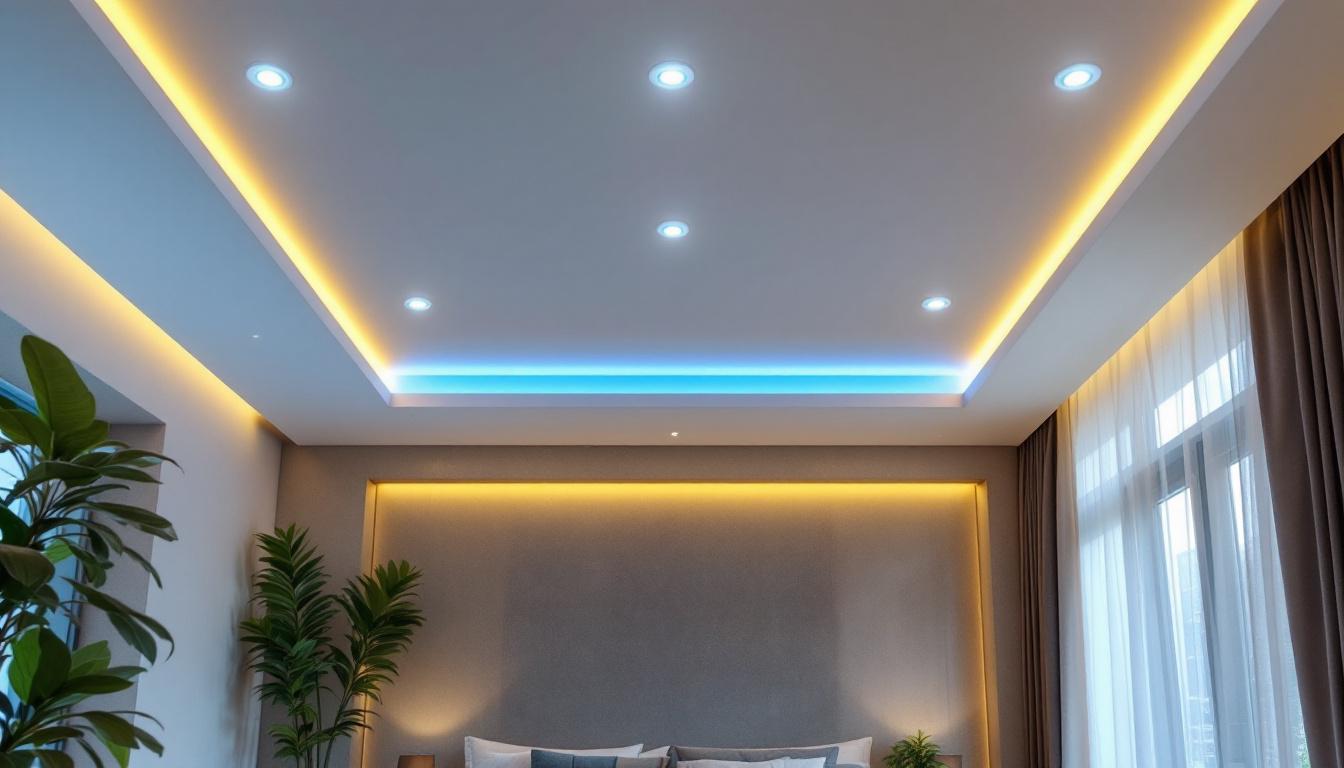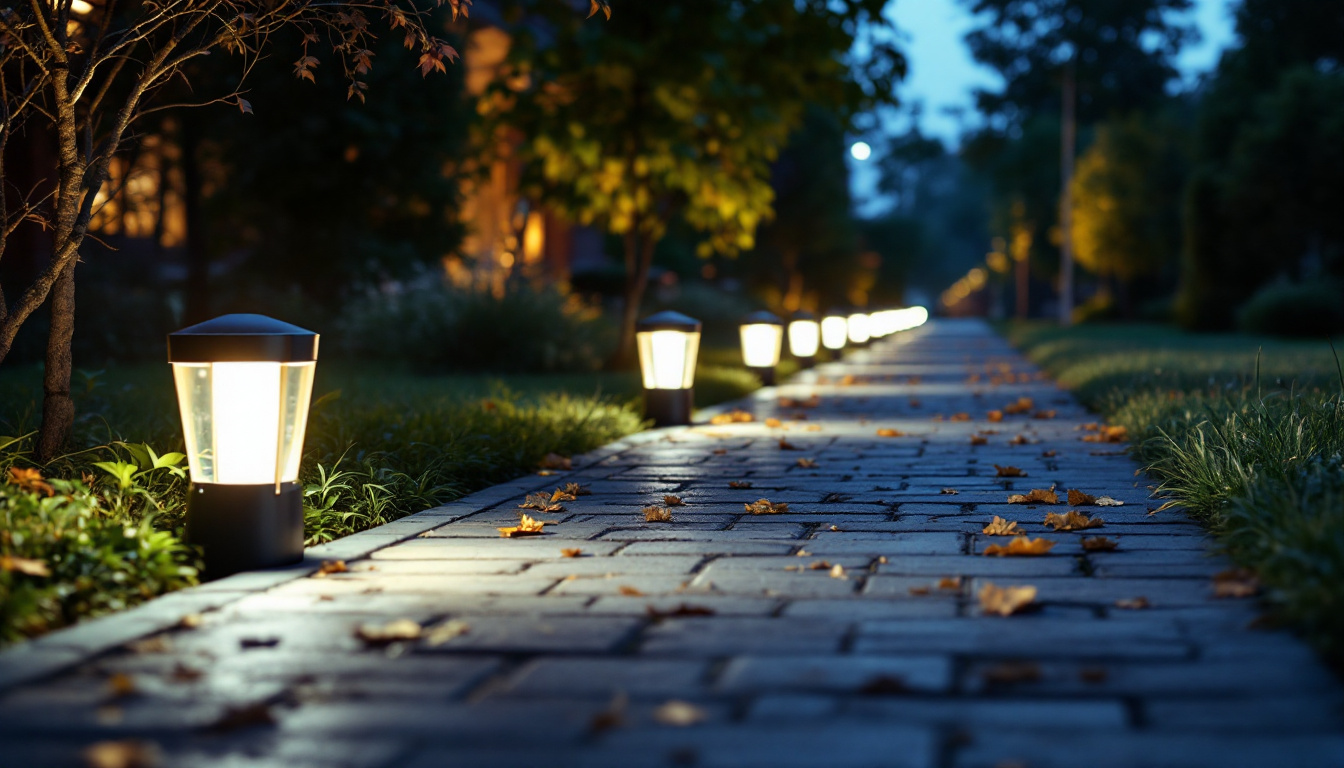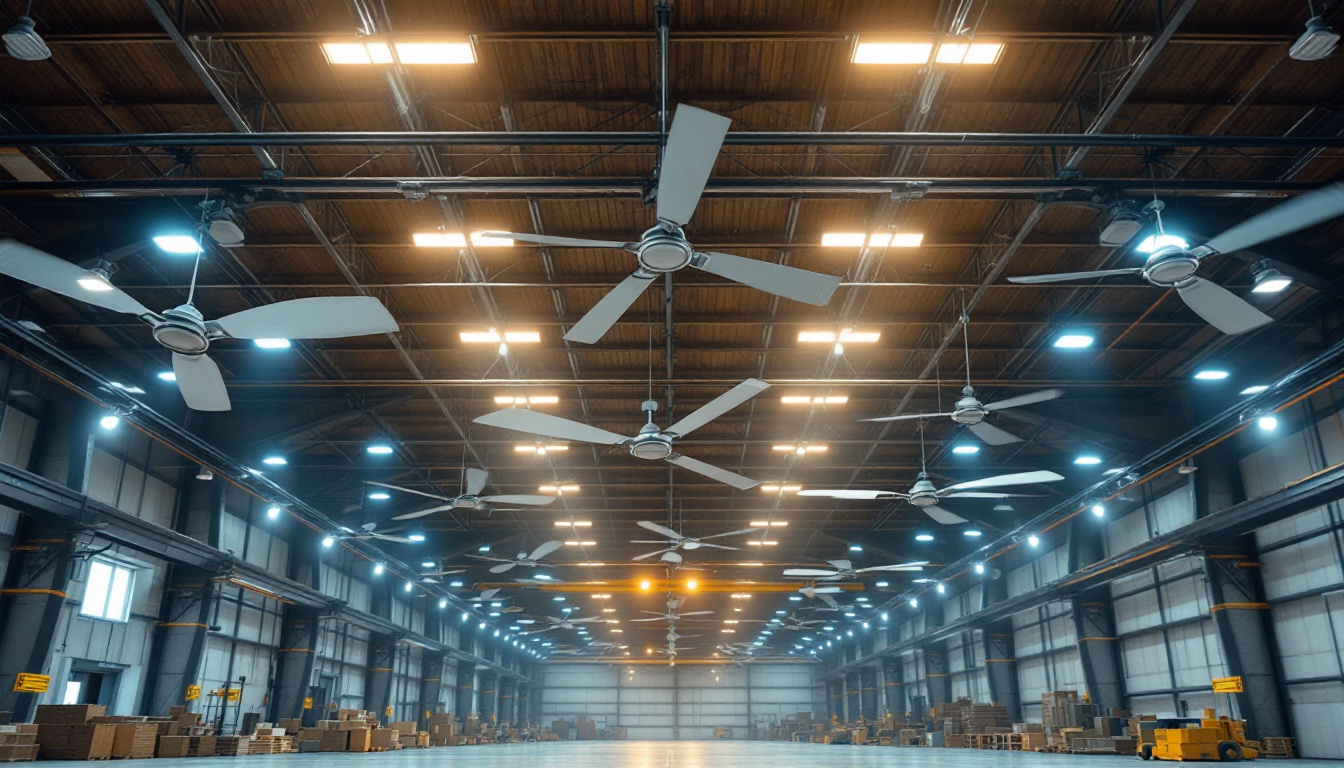In recent years, the demand for effective sterilization methods has surged, particularly in the wake of global health challenges. Among the various technologies available, ultraviolet (UV) sterilization lamps have emerged as a prominent solution, especially in commercial and industrial settings. This article explores the energy efficiency of UV sterilization lamps, their operational benefits, and the implications for lighting contractors.
Ultraviolet light is a form of electromagnetic radiation with wavelengths shorter than visible light. It is categorized into three types: UVA, UVB, and UVC. UVC light, in particular, has germicidal properties that make it effective in killing bacteria, viruses, and other pathogens. This capability has made UVC lamps a vital tool in various applications, including healthcare, food processing, and water treatment. The effectiveness of UVC light in sterilization has garnered significant attention, especially in the wake of global health challenges, prompting further research and development in this field.
The mechanism behind UV sterilization involves the absorption of UV light by the DNA or RNA of microorganisms. This absorption causes damage to their genetic material, rendering them inactive or unable to reproduce. As a result, UV sterilization is a chemical-free method of disinfection, making it an attractive option for environments where chemical residues could pose a risk. Additionally, the process is quick and efficient, often requiring only seconds of exposure to achieve effective disinfection, which is particularly beneficial in fast-paced settings like hospitals and laboratories.
UV sterilization lamps are utilized in a wide range of applications. In healthcare settings, they are employed to disinfect patient rooms, surgical instruments, and air systems. In food processing, UV light is used to sanitize surfaces and extend shelf life by reducing microbial load. Water treatment facilities also rely on UV lamps to eliminate pathogens without the use of harmful chemicals. Beyond these sectors, UV sterilization is gaining traction in the HVAC industry, where UV lights are installed in air ducts to continuously purify the air circulating through buildings, thereby improving indoor air quality and reducing the spread of airborne diseases.
Moreover, the rise of portable UV sterilization devices has made it easier for consumers to incorporate this technology into their daily lives. These devices are designed for personal use, allowing individuals to sanitize everyday items such as phones, keys, and masks. As awareness of hygiene and cleanliness continues to grow, the demand for UV sterilization solutions is expected to increase, leading to advancements in technology and more widespread adoption across various sectors. The versatility and effectiveness of UV sterilization highlight its potential as a key player in the ongoing efforts to maintain public health and safety.
One of the most compelling advantages of UV sterilization lamps is their energy efficiency. Compared to traditional disinfection methods, such as chemical treatments or thermal sterilization, UV lamps consume significantly less energy while delivering effective results.
When evaluating energy consumption, it’s essential to consider the operational costs associated with various disinfection methods. Traditional chemical sterilization often requires extensive water use, heating, and the disposal of chemical byproducts, all of which contribute to higher energy consumption. In contrast, UV sterilization lamps operate without the need for heat or extensive water use, leading to lower overall energy costs. Furthermore, the rapid disinfection capabilities of UV lamps mean that they can often complete the sterilization process in a fraction of the time required by other methods, further enhancing their energy efficiency. This speed allows facilities to maintain higher throughput without incurring additional energy expenses.
UV lamps are designed for longevity, often lasting several thousand hours before needing replacement. This durability not only reduces the frequency of replacements but also minimizes maintenance costs. For lighting contractors, this means fewer service calls and lower operational disruptions for clients. Additionally, many modern UV lamps are designed to be energy-efficient, utilizing advanced technologies that enhance their performance while consuming less power. The integration of smart technology into UV sterilization systems allows for automated monitoring and control, optimizing energy use based on real-time needs. This innovation not only contributes to energy savings but also ensures that the sterilization process is consistently effective, providing peace of mind for users in various settings, from healthcare facilities to food processing plants. Moreover, the reduced environmental impact associated with lower energy consumption aligns with the growing emphasis on sustainability in today’s world, making UV sterilization a forward-thinking choice for conscientious businesses.
For lighting contractors, understanding the benefits of UV sterilization lamps extends beyond energy efficiency. The integration of these lamps into various projects can enhance the overall value offered to clients, particularly in sectors that prioritize health and safety. With the growing awareness of airborne pathogens and surface contaminants, the demand for effective sterilization methods has surged, making UV technology a timely and relevant addition to any lighting project.
Incorporating UV sterilization lamps into lighting projects can significantly enhance client trust. As businesses and facilities increasingly prioritize cleanliness, offering UV solutions demonstrates a commitment to health and safety. This proactive approach can lead to higher client satisfaction and retention rates, as customers feel assured that their environments are being treated with the utmost care. Furthermore, the visibility of UV technology in action can serve as a powerful marketing tool, showcasing a contractor’s dedication to innovative solutions that protect public health, which can be particularly appealing in sectors such as healthcare, hospitality, and education.
Lighting contractors can expand their service offerings by incorporating UV sterilization solutions into their portfolios. This diversification not only positions contractors as industry leaders but also opens new revenue streams. By staying ahead of trends in sterilization technology, contractors can meet the evolving needs of their clients and adapt to market demands. Additionally, offering customized UV solutions tailored to specific environments—such as schools, gyms, or restaurants—can further enhance a contractor’s reputation as a knowledgeable and versatile partner. This adaptability not only attracts new clients but also fosters long-term relationships with existing ones, as they come to rely on the contractor for comprehensive lighting and sterilization needs.
Another significant advantage of UV sterilization lamps is their cost-effectiveness and energy efficiency. Unlike traditional cleaning methods that require frequent application of chemicals and labor-intensive processes, UV lamps can provide continuous disinfection with minimal maintenance. This not only reduces operational costs for clients but also minimizes downtime, allowing businesses to maintain productivity without interruption. Furthermore, the longevity of UV lamps compared to conventional lighting solutions means that contractors can offer clients a sustainable option that contributes to lower energy bills and a reduced carbon footprint. As sustainability becomes a key focus for many organizations, promoting UV sterilization as an eco-friendly solution can further enhance a contractor’s appeal in the marketplace.
While the benefits of UV sterilization lamps are substantial, there are challenges and considerations that lighting contractors must address. Understanding these factors is crucial for successful implementation and client education.
One of the primary concerns associated with UV sterilization is safety. UVC light can be harmful to human skin and eyes, necessitating strict safety protocols during installation and operation. Lighting contractors must educate their clients about the importance of proper shielding and operational guidelines to ensure safety in environments where UV lamps are used.
While UV sterilization lamps are energy-efficient, the initial investment can be a barrier for some clients. Lighting contractors should be prepared to present a comprehensive return on investment (ROI) analysis that highlights long-term savings on energy and maintenance costs. Demonstrating the cost-effectiveness of UV solutions can help clients justify the upfront expense.
The future of UV sterilization technology looks promising, with ongoing advancements aimed at improving efficiency and effectiveness. As awareness of the importance of sterilization continues to grow, the demand for UV solutions is expected to rise.
Recent innovations in UV lamp design focus on enhancing energy efficiency and reducing environmental impact. Manufacturers are developing lamps that use less power while maintaining or improving sterilization efficacy. These advancements not only benefit the environment but also align with the growing trend toward sustainability in various industries.
As smart technology becomes more prevalent, the integration of UV sterilization lamps with smart systems is on the horizon. This integration can allow for automated monitoring and control of UV lamps, optimizing their use based on real-time data. For lighting contractors, this presents an opportunity to offer cutting-edge solutions that enhance operational efficiency and effectiveness.
Ultraviolet sterilization lamps represent a significant advancement in disinfection technology, particularly in terms of energy efficiency. For lighting contractors, understanding the benefits and implications of these lamps is essential for meeting client needs and staying competitive in the market. By embracing UV sterilization solutions, contractors can enhance their service offerings, build client trust, and contribute to healthier environments.
As the demand for effective sterilization continues to grow, the role of lighting contractors in implementing UV solutions will become increasingly important. By staying informed about technological advancements and best practices, contractors can position themselves as leaders in the field, ready to meet the challenges and opportunities of the future.
Ready to elevate your lighting projects with the most efficient UV sterilization lamps on the market? Look no further than LumenWholesale, where we provide lighting contractors with superior, spec-grade lighting solutions at unbeatable wholesale prices. Our top-quality UV sterilization lamps meet the highest industry standards, ensuring energy efficiency and reliability for all your disinfection needs. Take advantage of our hassle-free bulk buying options with free shipping and no hidden fees. Transform your lighting projects and impress your clients with the perfect blend of quality, affordability, and convenience. Wholesale Lighting at the Best Value is just a click away. Experience the LumenWholesale difference today!

Discover what distinguishes leading lighting contractors in the realm of UV sanitizing technology.

Discover essential insights on LED recessed ceiling bulbs for lighting contractors.

Discover how walkway lights can revolutionize the workflow of lighting contractors by saving time and reducing costs.

Discover the essentials of warehouse ceiling fans in just five minutes with our comprehensive guide tailored for lighting contractors.